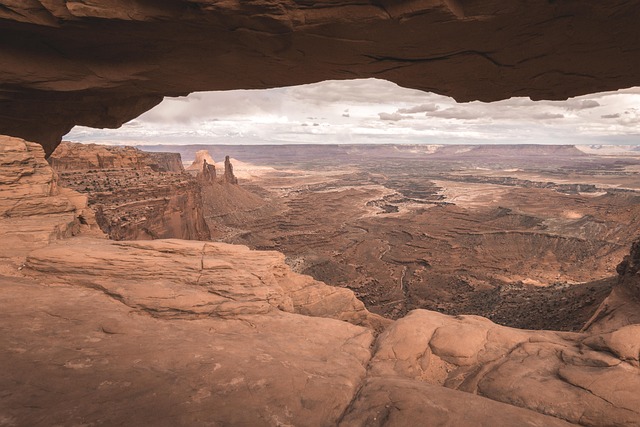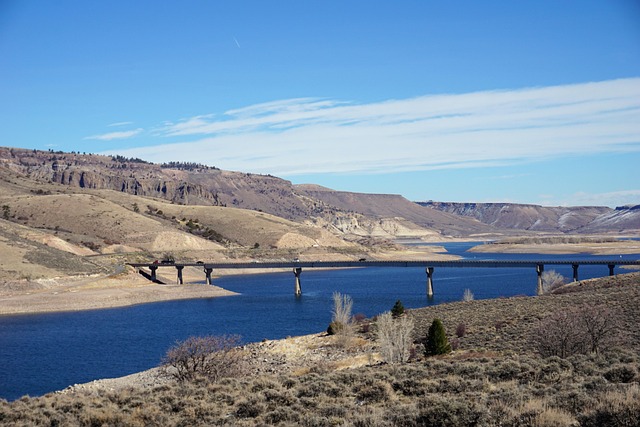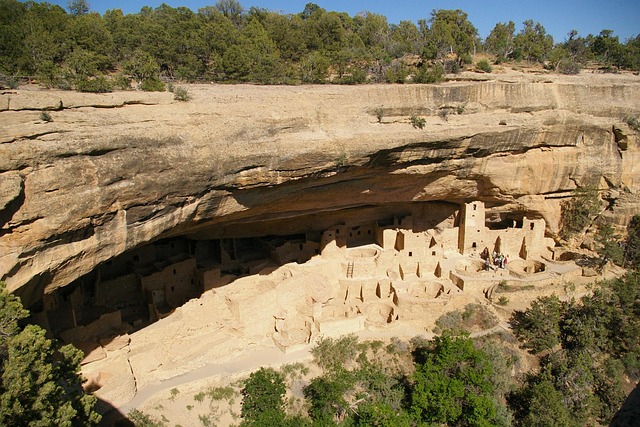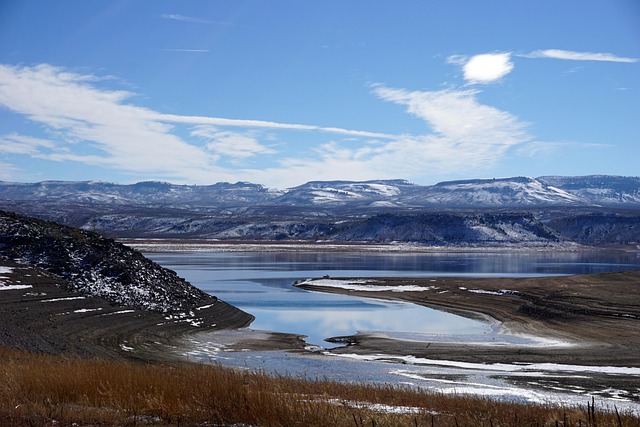Real estate developers play a key role in shaping vibrant downtown areas through mixed-use developments that blend residential, commercial, and cultural spaces. These projects enhance aesthetics, cater to diverse demographics, foster economic growth, and attract locals and tourists, transforming districts into dynamic hubs of creativity. Cultural venues, such as museums and galleries, serve as gathering spaces that drive community engagement, stimulate local businesses, increase foot traffic, and elevate property values, ultimately fostering a strong sense of place and making cities desirable destinations for both culture enthusiasts and professionals.
“Explore the bustling heart of any city, where vibrant downtowns pulse with cultural life. This article delves into the symbiotic relationship between real estate and urban vibrancy. We examine how property developments shape community spaces, fostering cultural hubs that attract residents and visitors alike. From galleries to performance venues, these cultural venues not only define the character of a district but also drive economic growth. Discover the profound impact of investing in downtown culture and its potential to transform urban landscapes.”
Real Estate's Role in Downtown Vibrancy
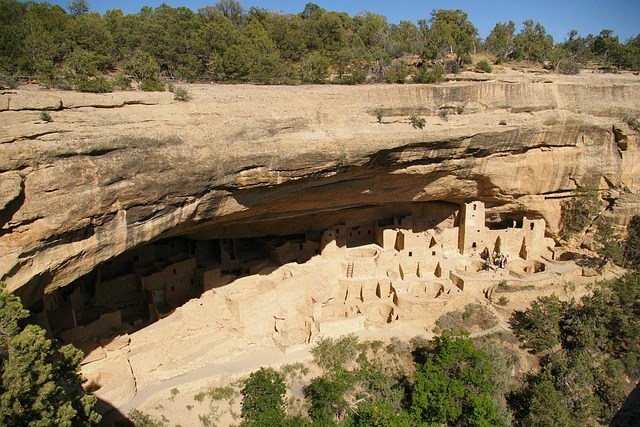
The role of real estate in fostering downtown vibrancy cannot be overstated. Property developers play a pivotal role in shaping urban landscapes by creating spaces that attract diverse populations. Modern, mixed-use developments combining residential, commercial, and cultural venues encourage foot traffic and create a bustling atmosphere. These multifaceted properties not only add aesthetic appeal to the cityscape but also cater to various demographics, enhancing downtown’s overall cultural richness.
Real estate investments in revitalized urban areas can spark economic growth and community engagement. When developers partner with local artists, cultural institutions, and businesses, they contribute to a dynamic environment where creativity thrives. The strategic placement of venues, from galleries and theaters to cafes and shops, ensures that downtown districts become cultural hubs, drawing both locals and tourists alike, thereby sustaining the city’s vibrant pulse.
Cultural Venues: Spaces That Define Communities
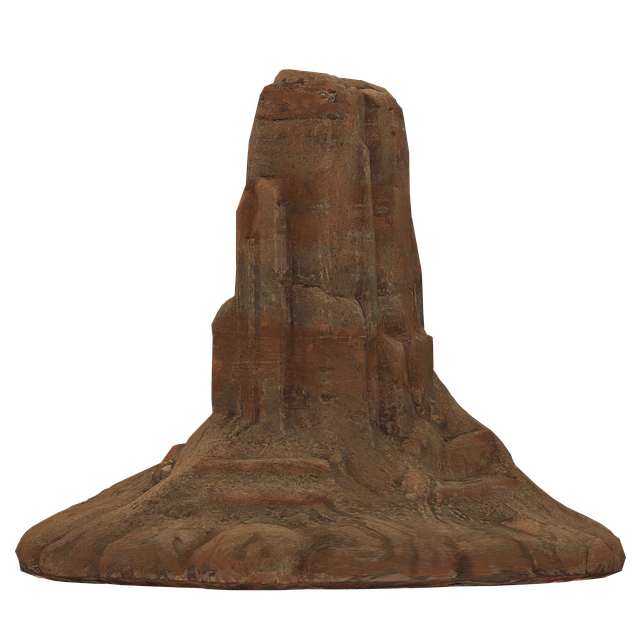
Cultural venues play a pivotal role in shaping and defining downtown communities. These spaces, often integral parts of a city’s real estate landscape, serve as gathering places where residents connect, express themselves, and celebrate their shared heritage. From art galleries and museums to theaters and music halls, each venue offers a unique platform for creativity, fostering a vibrant atmosphere that resonates with the area’s character.
More than just entertainment hotspots, cultural venues are catalysts for community engagement and economic growth. They attract visitors from far and wide, stimulating local businesses and increasing foot traffic in the vicinity. As such, they become essential components of urban planning, where real estate developers recognize their potential to transform neighborhoods into thriving cultural hubs, enhancing property values and creating a sense of place that resonates with both locals and tourists alike.
Investing in Downtown Culture and Its Impact
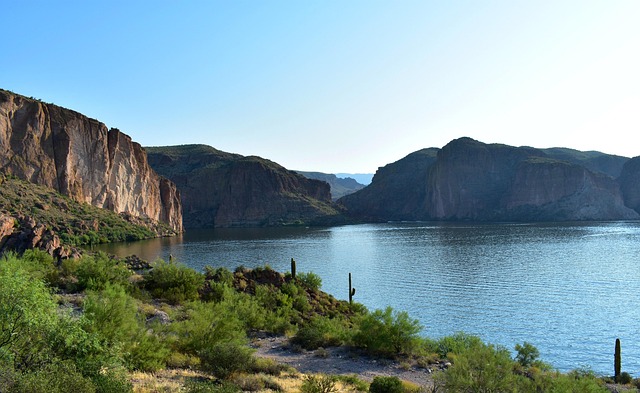
Investing in downtown culture is a strategic move that can significantly enhance a city’s real estate market. Cultural venues, such as museums, art galleries, and performance spaces, attract locals and tourists alike, fostering a vibrant atmosphere that increases foot traffic and raises property values. The positive impact extends beyond economic benefits; it also contributes to the overall well-being of the community by promoting creativity, cultural exchange, and social interaction.
This investment can transform downtown areas into dynamic hubs, encouraging people to live, work, and play in these locations. As a result, businesses thrive, and real estate becomes more desirable, leading to increased revenue for property owners and improved living standards for residents. A bustling downtown culture is not just an aesthetic enhancement; it’s an economic driver that can propel a city forward, making it a sought-after destination for cultural enthusiasts and professionals alike.
